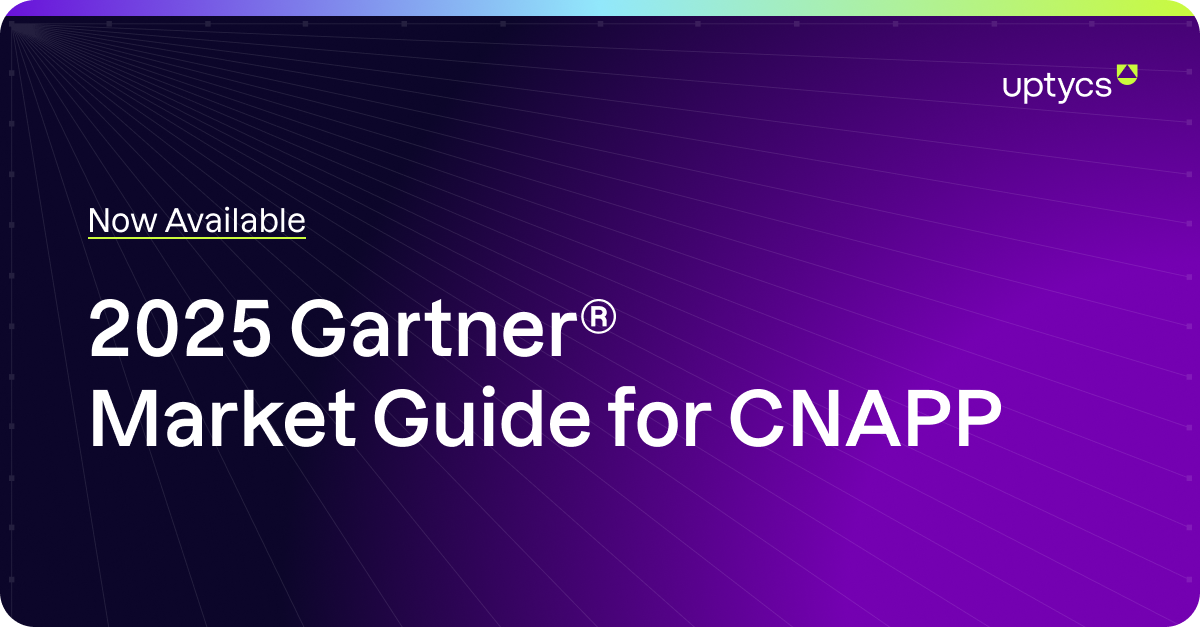As organizations expand into hybrid and multicloud environments, one challenge becomes clear: maintaining consistent visibility and control across diverse cloud infrastructures.
At Uptycs, we’ve solved this for AWS, Azure and GCP. Now we’re bringing our full CNAPP platform to IBM Cloud.
Our Cloud-Native Application Protection Platform (CNAPP) for IBM Cloud unifies CWPP, CSPM, CIEM, and KSPM capabilities into a single, cohesive solution.
With this release, Uptycs becomes the only provider offering a truly comprehensive cloud-native security platform purpose-built for IBM Cloud.

Extending Proven AWS Capabilities to IBM Cloud
Our CNAPP solution for AWS set the standard for unified cloud and workload protection — continuously identifying and prioritizing exposures across workloads, configurations, and identities.
The IBM Cloud implementation brings the same power and precision to enterprise environments running AIX, LinuxOne, zLinux, and Linux on Power. We are the only platform providing full coverage across these OS variants, ensuring organizations can apply consistent detection, monitoring, and response workflows across all workloads.
CWPP: Deep Workload Security with Broad OS Coverage
Workload protection in IBM environments presents unique challenges due to the diversity of operating systems. Our CWPP solves this by extending protection to:
- AIX: Monitoring for misconfigurations, vulnerabilities, and runtime anomalies.
- LinuxOne & zLinux: High-fidelity telemetry, behavioral analytics, and EDR coverage.
- Linux on Power: Linux® applications taking advantage of POWER® hardware performance, availability, and reliability.
- Containerized Environments: Runtime visibility and compliance in Kubernetes and OpenShift deployments.

Our unmatched depth in Linux telemetry — validated by our status as the #1 Solution in the Linux EDR telemetry project — means that the same level of observability and intelligence you trust on AWS and traditional Linux workloads now extends seamlessly to IBM Cloud.

CSPM, CIEM, and KSPM: Securing the Entire IBM Cloud Ecosystem
Beyond workloads, Uptycs’ CNAPP capabilities for IBM Cloud integrate:
- CSPM: Continuous monitoring for misconfigurations in IBM Cloud services, with integrated compliance benchmarks.
- CIEM: Identity analytics to uncover excessive privileges and risky access patterns.
- KSPM: Kubernetes visibility across deployments, clusters, pods, and runtime configurations.
Each capability feeds into a unified risk graph, allowing security teams to visualize relationships between assets, identities, and exposures — a cornerstone of cloud-native security.
From Visibility to Prioritization: Uptycs in Action
Whether you call it CNAPP or CTEM, the mission is the same: reduce attack surface continuously. Uptycs delivers:
- Visibility: Discover assets, configurations, and identities across IBM Cloud.
- Assessment: Evaluate exposures using real-time telemetry and policy baselines.
- Prioritization: Use contextual scoring to focus on the most critical risks.
- Remediation: Orchestrate fixes through integrations or guided workflows.
This closed-loop system keeps your security posture aligned with evolving threats — without manual rework or fragmented tools.

Unified Exposure Management Across Clouds
If you already use Uptycs for AWS, extending to IBM Cloud is seamless. A single dashboard provides a consolidated view of exposures, policies, and workloads across clouds — letting your teams manage security posture consistently, no matter where your workloads run.
Uptycs for IBM Cloud: Complete CNAPP, Purpose-Built for Enterprise
With Uptycs CNAPP support for IBM Cloud, we’re bringing unified cloud-native protection to one of the most trusted enterprise cloud platforms in the world. By combining CWPP, CSPM, CIEM, and KSPM — and offering unmatched OS coverage including AIX, LinuxOne, and zLinux — Uptycs delivers end-to-end visibility and control for IBM Cloud users.
Full CNAPP coverage — wherever your workloads live.







